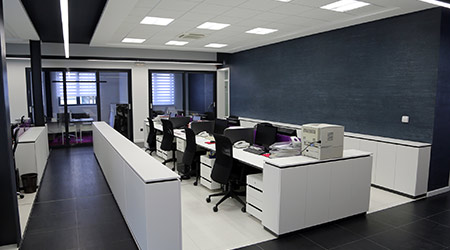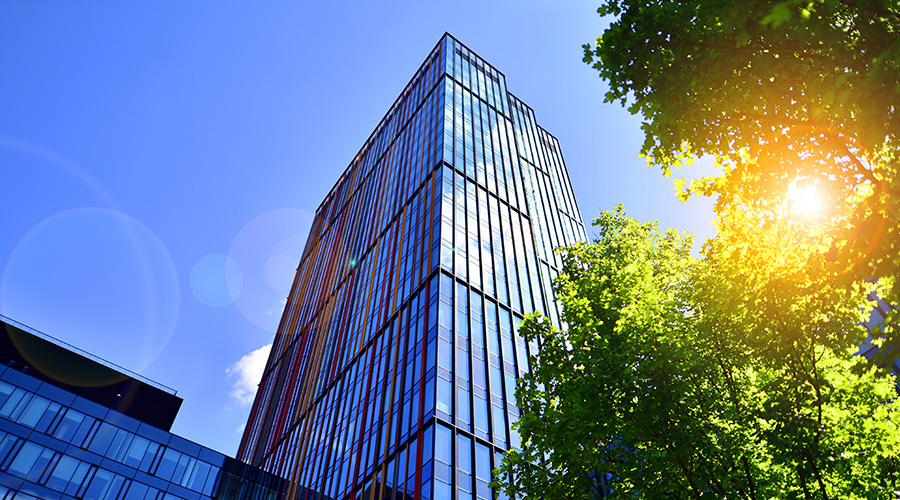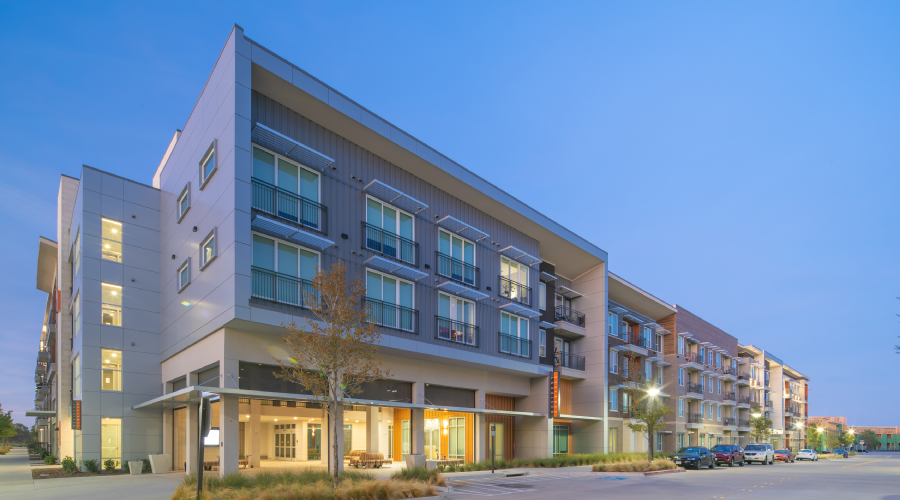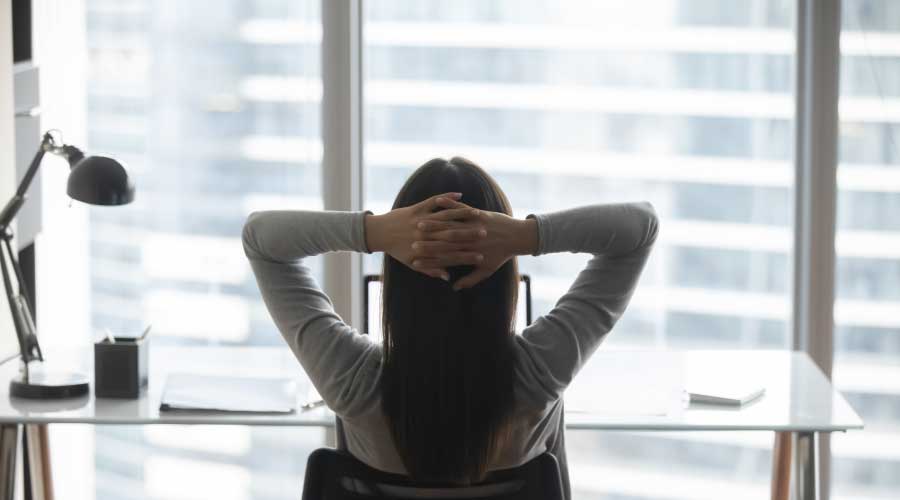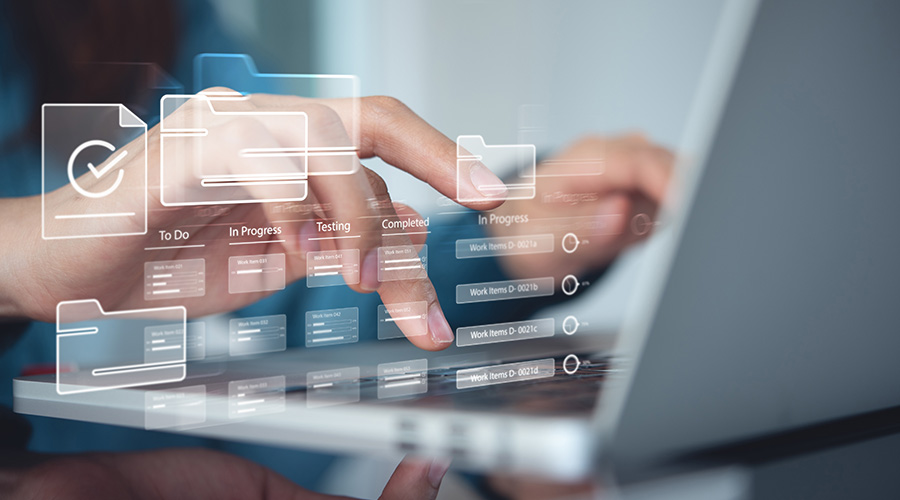Managing Sustainable Design for the Long Term in Workplace Interiors
Last part of a 3-part article focusing on facility, generational, and work style issues that should be considered in workplace design
Sustainability can be viewed in terms of space consumption, energy consumption, and material lifecycle. A truly sustainable workplace will excel in all of these areas. Sustainable design in workplace interiors goes beyond certifying a green facility and includes flexibility for the long term — providing office spaces that surpass current trends and evolve to become what employees need from them in the future.
In terms of space use, a smaller physical footprint will lead to reduced overhead in terms of maintenance, utilities, and other expenses associated with a larger workplace. In many modern workplaces, there is a great deal of real estate sitting empty for a large portion of the day that when designed correctly can become a productive work area. Except during lunch time, how often does the break room or cafeteria get used? A popular strategy for getting the most out of this under-used real estate is implementing flexible multi-use spaces and shared workspaces. Multi-use spaces are those areas designed to accommodate more than one employee need, such as a break room that offers lounge and task seating for collaboration any time of the day.
Circulation corridors are another space that can be easily repurposed to serve more than one function. Instead of using a dedicated copy/mail room, sustainable offices might place the copier in an area exposed to more foot traffic. This not only saves space, but may increase impromptu interaction amongst employees.
Businesses have an opportunity to help decrease their energy consumption while improving employee productivity. Lighting is the greatest consumer of energy in office buildings. Making lighting improvements can have a big impact on both the bottom line and employee contentment. Lighting technology has made great strides that assist with this goal. New LED fixtures come in a variety of color temperatures that create a more comfortably lit space with the added benefit of a return-on-investment in energy savings. Task lighting at the work surface and daylight harvesting along window lines are other ways to improve employee wellness while making a positive impact on the environment.
In terms of material life-cycle, facility managers need to plan sustainable workplaces to include furnishings and finishes that are durable, long-lasting and flexible for future use. The lifecycle of a product is the biggest concern here. While certain furnishings may be visually impactful, if they are discarded to a landfill in one or two years due to changing trends, styles, or employee preferences, the aesthetic benefit of those materials pales in comparison to the damage being done to the environment, not to mention the pocketbook.
By using thoughtful design practices that prioritize productivity and sustainability, it is possible to create a workplace that promotes employee wellbeing, encourages efficiency, and reduces an office building’s impact on the environment.
Cara McKedy, interior designer at Remiger Design, has experience crossing a range of project sizes, scopes, and industries, having led projects all over the country. Her experience includes corporate, educational, hospitality, retail, and industrial project types. She is responsible for design, project management, and client development.
Related Topics:








